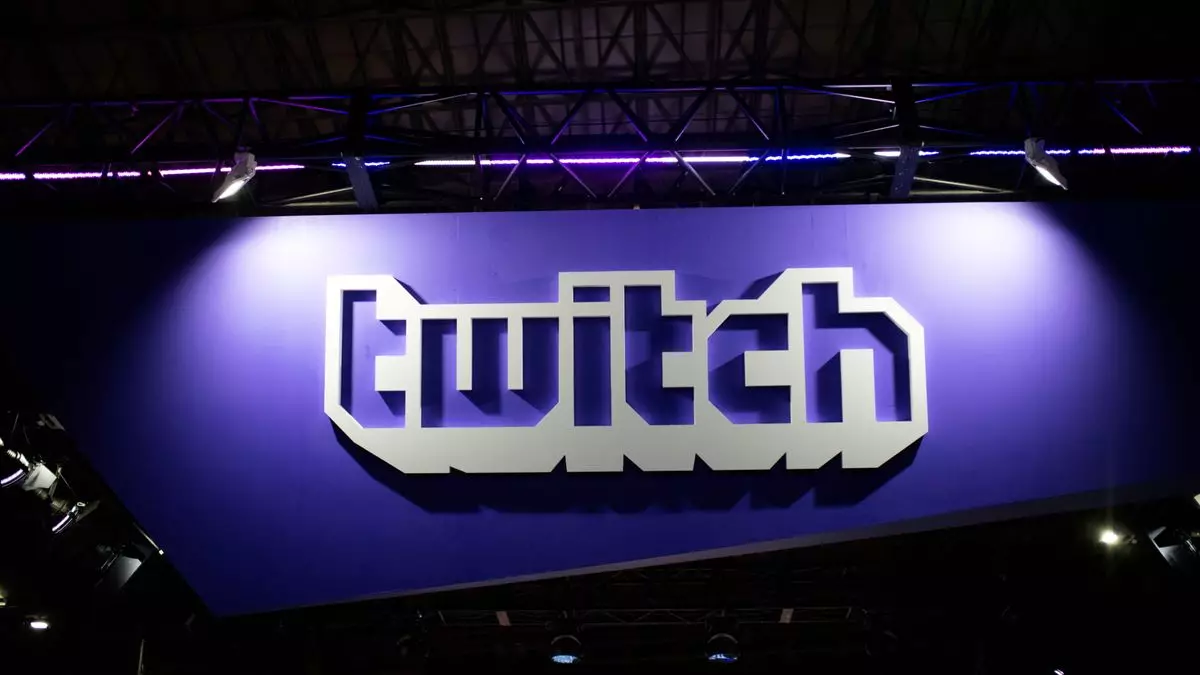Twitch, a platform synonymous with gaming and streaming culture, has had to confront the shifting dynamics of social and political discourse within its vast community. As diverse voices flourish, so do the challenges associated with controversial discussions. Recently, Twitch introduced a content classification update aimed at categorizing streams that touch upon politically sensitive or social issues. This move seems not only a response to past controversies but also an attempt to safeguard both its community and advertisers, while navigating the treacherous waters of political debate.
The addition of “politics and sensitive social issues” to Twitch’s classification guidelines implies a formal acknowledgment of the need for delineation between benign entertainment and content that may provoke discomfort or division. Topics requiring this new labeling include elections, civil rights, military conflicts, and discussions surrounding ideologies pertaining to race, gender, and sexuality. The intent is to preemptively shield audiences—especially younger viewers—from exposure to potentially offensive content.
However, the criteria under which content will be categorized remains ambiguous, creating a landscape filled with uncertainties. For instance, what constitutes a “neutral, educational” discussion when the lines between sharing knowledge and advocacy are often blurred? In a climate of heightened social sensitivity, the vagueness surrounding these guidelines could lead to arbitrary enforcement and considerable confusion among streamers and viewers alike.
The impetus for Twitch’s recent policy shift stems in part from a month rife with scandal. High-profile incidents ignited public outcry and laid bare perceived shortcomings in Twitch’s moderation policies. A notable suspension of the streamer Zack “Asmongold” Hoyt for offensive comments regarding Palestinians spotlighted the urgent need for clearer guidelines. His remarks, deemed racist and inflammatory, drew immediate backlash, followed by the suspension of several Arab streamers for participating in a controversial TwitchCon panel.
Moreover, Twitch’s previous failure to facilitate email-verified signups from certain geographic regions raised questions about its neutrality as a platform. Twitch’s actions—or lack thereof—created an environment where accusations of bias, negligence, and incompetence flourished. In response to this situation, Twitch CEO Dan Clancy emphasized the platform’s commitment to diversity and stated that hate speech and discrimination would not be tolerated. However, his assurances seem to clash with the realities of content moderation—especially when confronted with deeply divisive social issues.
The introduction of content labels offers a troubling hint of complicity within the broader societal discourse surrounding contentious issues. Streamers and viewers alike have expressed concern over the implications of these guidelines. How does one navigate the presentation of politically charged topics without venturing into advocacy? The concept of neutrality itself becomes problematic when audiences grapple with pressing human rights concerns. Does labeling streams as “neutral and fact-based” inadvertently shield harmful ideologies?
The question arises: Who determines what qualifies as appropriate discourse? Will streamers discussing systemic issues like racism or gender identity be labeled as instigators rather than educators? Streamers focusing on discussing their personal experiences can inadvertently find their narrative skewed, risking their freedom of expression under the new classification system.
Concerns extend beyond ideological disagreements to the economic ramifications of content labeling. Streamers who frequently discuss sensitive topics fear that labeling their streams could alienate potential advertisers. The advertising ecosystem thrives on a brand’s reputation and audience perceptions, which could penalize those tackling essential social issues. This economic chill raises questions about self-censorship, as influential creators may sidestep difficult discussions entirely to maintain commercial viability.
This situation echoes Twitch’s past experiences with content regulation, including its hasty rollbacks of sexual content restrictions. Experiences like these signal possible future adjustments to current policies or even total overhauls when they lead to unforeseen complications.
Twitch’s initiative to introduce labeling for politically sensitive content comes with both potential pitfalls and opportunities. The aim of fostering an inclusive, respectful environment cannot overshadow the need for transparency and clarity in the guidelines themselves. Engagement with creators and community feedback will be crucial for the platform to successfully navigate this landscape.
As the dialogue around these guidelines evolves, Twitch has an opportunity to redefine its role within the streaming community—championing free speech while upholding social responsibility. Balancing these competing interests may be the key to redefining Twitch’s future in a landscape rife with social and political complexities, ultimately determining its standing as both a platform and a community voice.

